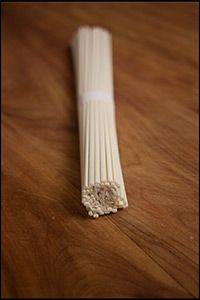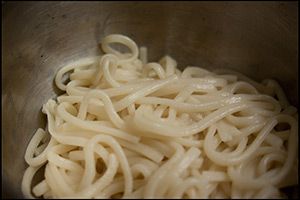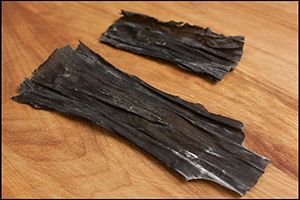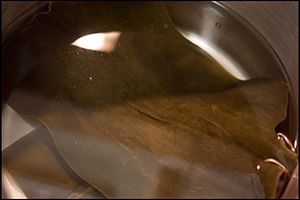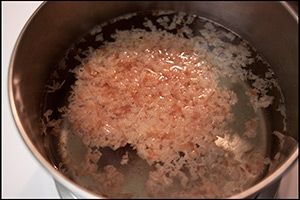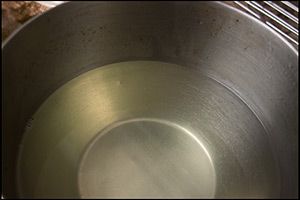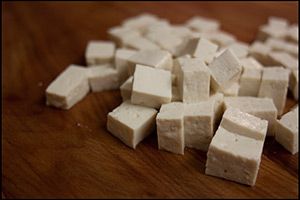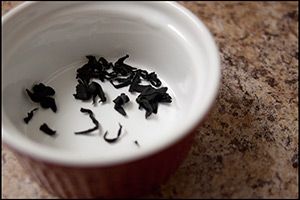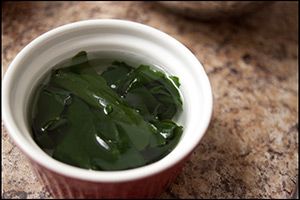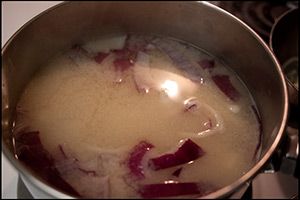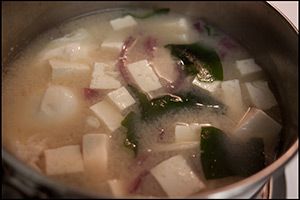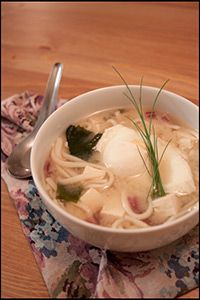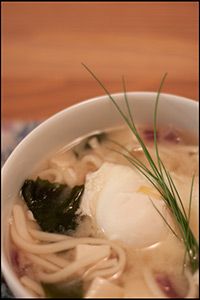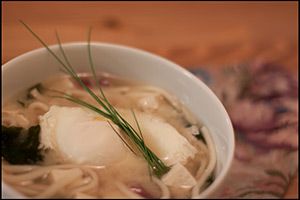
There are so many different kinds of tacos. One could dedicate an entire blog to tacos alone.
But I have many other things I'd like to cook, so I'll just settle for this post. Maybe in the future, I'll do another post about tacos. Salmon tacos. Tofajita tacos (I made that up, and I like it).
In these tacos, as I am wont to do, I used black beans - as opposed to, say, pinto beans or red beans. I have this thing where I feel like the darker a food is, the more nutrient-rich it is. It's not entirely true, of course, but I like to think it. In that light, black beans are the best thing ever.
So I made up these tacos, and I don't know the first thing about authenticity when it comes to Latin American food (or any food, for that matter), but that's not all that important to me. What's more important, is that it's nutritious and delicious, and preferably colorful. And that, these are. There are a few things I'd change - namely the fact that black beans are merely an equal component of the entire dish, and not featured - but I'll get to that at the end.
I do have to say one thing, though, and if you remember nothing else, remember this. Avocados are not optional on this taco.
I swear up and down I don't say that simply because I love avocados and think you should too (although, I do), but they provide a coolness, neutrality, and velvety lushness that nothing else can provide. They contrast the sharpnesses and strong flavors in the rest of the taco. They're completely necessary. Get over your "texture thing" and start experiencing a whole new world of food.
BLACK BEAN TACOS
red bell pepper
ear of corn
corn tortillas
shredded lettuce (whatever you have on hand)
shredded cabbage (purple or green)
thinly sliced onion
cooked and seasoned black beans
goat cheese, crumbled
sliced avocado
lime juice
fresh cilantro
sour cream or lime crème fraîche
Tabasco sauce
pinch of salt
1. If you don't have a grill, and you want "grilled" vegetables, sometimes sticking them right under the broiler will get the job done. In my case, I did the aforementioned treatment to an ear of corn and a red pepper. If you want lots of leftover "grilled" vegetables, just put lots of them in there. First of all, you want to put them on a cookie sheet.

Turn on the broiler and put the cookie sheet on the top rack so the vegetables are as close as they can get to the heating element without touching it (this might also be good if you lightly oil the corn first, but I haven't tried it). Leave them in there awhile, but make sure you watch to see when they are charring. Use tongs (or whatever you have) to turn them as they char, so you can char all the sides. Don't be alarmed if you hear popping and sizzling.
2. While your vegetables are broiling, cut up some of your other ingredients. I did my lettuce, cabbage, and onion during this time - it won't suffer if it sits out, cut, for awhile. The avocado, on the other hand, you should save until last.

Make sure to keep an eye on the oven during this time. If one vegetable gets done faster, take it out. In my case, that was the pepper.

You'll see that it got all wrinkly. This means the skin has started to separate from the flesh, which is ideal when you cook a pepper (it gets tough and curly and you need to peel it). Let it cool for a few minutes (10, maybe), and peel the pepper. During the cooling time, steam should form in the pepper that separates the skin further and makes it easier to peel.
Next came my corn, and it looked good.

Obviously, I like a little carbon on my food.
3. Cut the stem off the fat end of the corn cob when it cools, sit it upright and slice off the kernels. Just keep turning the cob and slicing off the kernels from the pointy end to the fat end. Mmmm!

4. Here's where it gets kind of blurry. You need to heat up your tortillas, but there are lots of ways to do this, and all of them are a little bit temperamental. The best way that I've found is to dip them briefly in water (however many you're going to use), stack them up, and wrap them tightly in foil that has a light coating of oil on the inside. Then you heat them, either in a warm toaster oven, or normal oven if it's on for something else (don't heat it up just for tortillas, though), or in a hot pan, covered. Heat them until the foil puffs a little. The goal here is to get the tortillas to soften and not be really dry.
5. Lay your warmed, softened tortillas on a plate, and pile stuff on them. (If you want to make them easier to pick up, stick their sides together so it's like that scene in Forrest Gump where Bubba and Forrest are sleeping outside in the rain and they lean their backs up against one another so they don't have their heads in the mud.) I started with lettuce and cabbage, followed by onion, and then spooned some delicious black beans (they should be warm, bordering on hot) on that, and crumbled a good amount of goat cheese over it. I lined it with broiled corn and red pepper, topped it with sliced avocado (onto which I sprinkled some lime juice) and cilantro, and drizzled on some lime crème fraîche (you can substitute a small amount of sour cream - I only used lime crème fraîche because I still had some). I then doobled on some Tabasco, and sprinkled some sea salt over the whole thing. It's all a matter of taste how much you use; if you find it lacking, put more on.
So... that's pretty much how I make most tacos, the only variations being in the ingredients.
In these tacos, I might leave out the lettuce and cabbage altogether. I don't think it added anything. I would use a little more black bean, and a little less pepper and corn.
The rest, I do believe, is lovely.















 APPLE CRUMBLE
APPLE CRUMBLE











